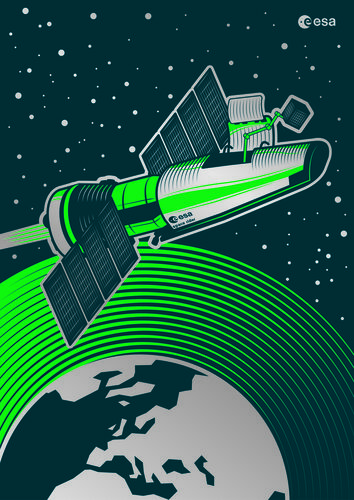Personally I'm happy just to be outside and enjoy the nice view.
Collecting data from the most extreme places on Earth can require the skills of the most extreme outdoor enthusiasts. Surrounded by glaciers and roughly 6,400m (21,000ft) above sea level, Willie Benegas spotted a pop of green moss wedged in granite. "Wow, this is an odd place for moss to be," he observed. In 2011, Benegas, an extreme mountaineering guide, was 500ft (152m) above the steep, exposed terrain of Mount Everest's Camp 2 and – despite having summited Mount Everest over a dozen times – he still found himself "impressed". Using a sterilised cloth Benegas scooped the moss into an envelope to be transported to a lab on another continent.
Benegas collected the moss samples for the non-profit Adventure Scientists, which acts as a matchmaking service between outdoor enthusiasts and scientists. "Scientists like to have samples taken in locations where it's difficult – sometimes damn near impossible – to get funding [to go]," McDermott says. "I was flabbergasted [Adventure Scientists] were even willing to try."
"Climbing is selfish," says Hari Mix, a mountain climber who collected data for Adventure Scientists during his Himalayan expeditions in 2012 and 2013. "There's no real point to it. I was looking for ways to add meaning or some kind of contribution to my trips."
In Washington State, John Soltys, a long-time volunteer for Adventure Scientists, says data collection bestows a sense of "purpose" on his family's alfresco activities. Soltys stumbled upon Adventure Scientists in 2013 while on a camping trip to Berkeley Park in Mount Rainier National Park, Washington State. Soltys's young children became "absolutely mesmerised" by the scurrying pikas – mountain-dwelling, mouse-like mammals. Soltys scoured iNaturalist, a social network for sharing biodiversity finds. There, he found Adventure Scientists, which was also utilising the platform to collect data on pikas. His family now volunteers with the nonprofit 100 times a year, he says. "Yeah, we're doing that crazy stuff," he says.
Well, good for them, I suppose. Sounds a bit too much like work to me. The "point" of being outside is to be outside and not at a screen thinking about stuff. Having a checklist of activities to do would be a big Nope, but hey, anyone who wants to climb 6,000 metres to collect some moss... more power to 'em, I say.

 Video: 00:04:20
Video: 00:04:20 































